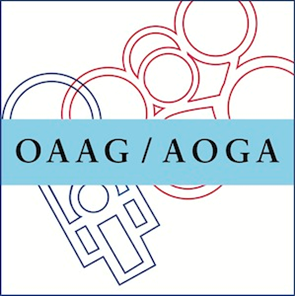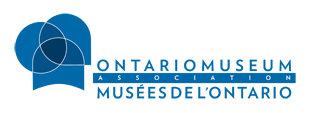CCI Workshop: Modern Information Carriers and Digital Preservation



This workshop is presented by the Ontario Museum Association, the Ontario Association of Art Galleries, and the Canadian Conservation Institute
Date
February 8 & 9, 2017
Location
TIFF
350 King Street West
Toronto, Ontario, M5V 3X5
Registration Fees
OMA and OAAG Members: $220.00 + HST
Non-members: $275.00 + HST
Registration opens at 12am on Friday, November 25, 2016.
Workshop Description
This workshop discusses preservation of physical carriers and best practices for preserving digital information. Topics covered include the structure, composition and format of various types of modern information recording media. Deterioration, longevity and appropriate storage and handling recommendations are discussed. Also covered are tools for taking stock of existing digital assets and for developing digital preservation policies, plans and procedures. Software and hardware solutions for digital preservation in small to medium-sized heritage institutions are also recommended.
Upon completion of this workshop, participants will be able to: Structure and composition of modern information carriers including optical discs (CD, DVD and Blu-ray), magnetic disks (hard and floppy) and magnetic tapes (computer or data, analog and video). Why and how modern information carriers deteriorate. The most common chemical and physical deterioration problems and examples to help recognize them. Remedial actions to recover damaged or deteriorated media so that the stored information can be retrieved will be presented where possible. Predicted lifespan of optical discs, magnetic tapes and magnetic disks. Steps to maximize media longevity by focusing on the quality and stability of the media itself, technology obsolescence and error rates in digital media. A look at existing technical standards and recommendations by experts in the field. Proper storage conditions including temperature, relative humidity and type of storage container. Handling procedures to minimize physical abuse and damage including labelling of materials and physical handling of items. A systematic look at the key decisions that need to be made and key procedures to follow in order to properly preserve modern information carriers. Several information resources are provided to assist in the decision-making process. The use of an inventory template to identify digital assets in an institution and to assess risk and potential impacts of losing access to these. Discussion of how to use a template to produce a concise and meaningful digital preservation policy. The importance of policy will also be discussed, including using its development as a means of obtaining buy-in from institution management and using the resulting document as a guide to produce a digital preservation plan. Using a template to ensure all facets of plan development are taken into account. Learning how to identify constraints, and using these constraints to produce and compare various digital preservation solutions. Selecting and justifying the selection of a digital preservation action plan. Hands-on testing of back-up and checksum software using external hard drives. Example procedures will be covered to produce weekly and monthly back-ups, as well as long-term preservation copies of digital assets. Recovery procedures will also be discussed to address the possible loss of access to working copies. Curators, collections managers, conservators, archivists and other personnel responsible for the preservation of modern information carriers and digital assets. Joe Iraci, Senior Conservation Scientist, Conservation Science Division, Canadian Conservation InstituteLearning Objectives
Units
Structure, Composition, and Formats
Deterioration
Longevity
Storage and Handling
Decision Tree for Preservation of Media
Taking Stock of Existing Digital Resources
Digital Preservation Policy Development
Digital Preservation Plan Development
Examples of Digital Preservation Hardware and Software for Small Heritage Institutions
Target Audience
Facilitators
Ern Bieman, Heritage Information Analyst, Canadian Heritage Information Network


